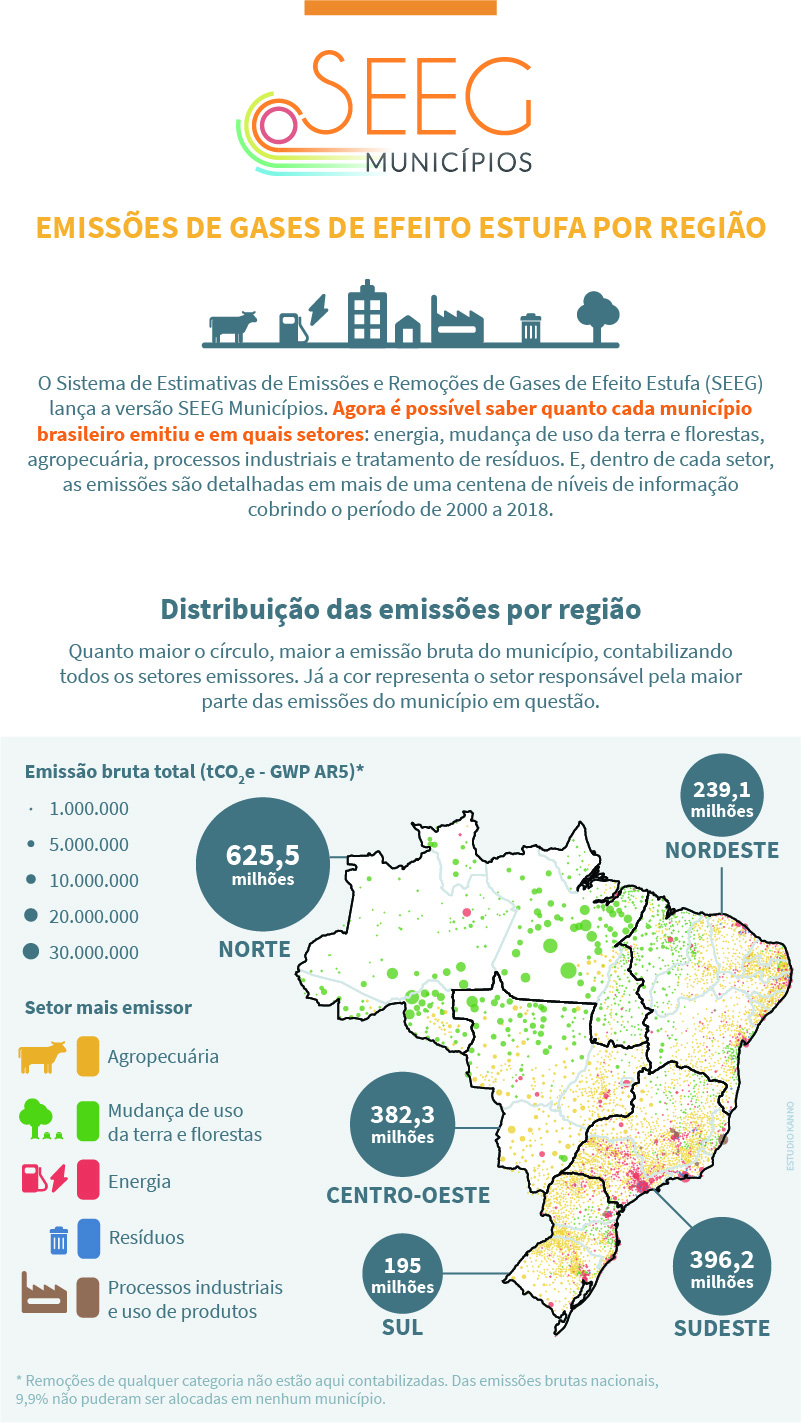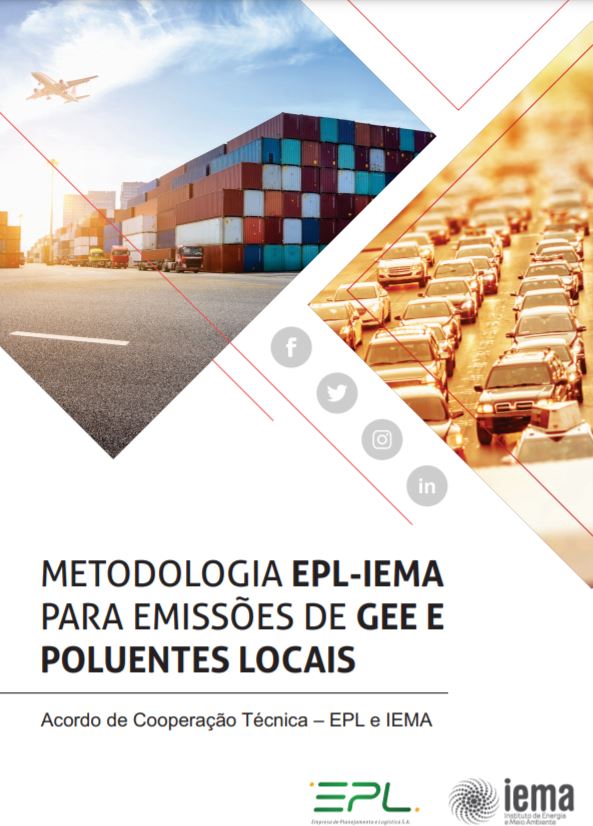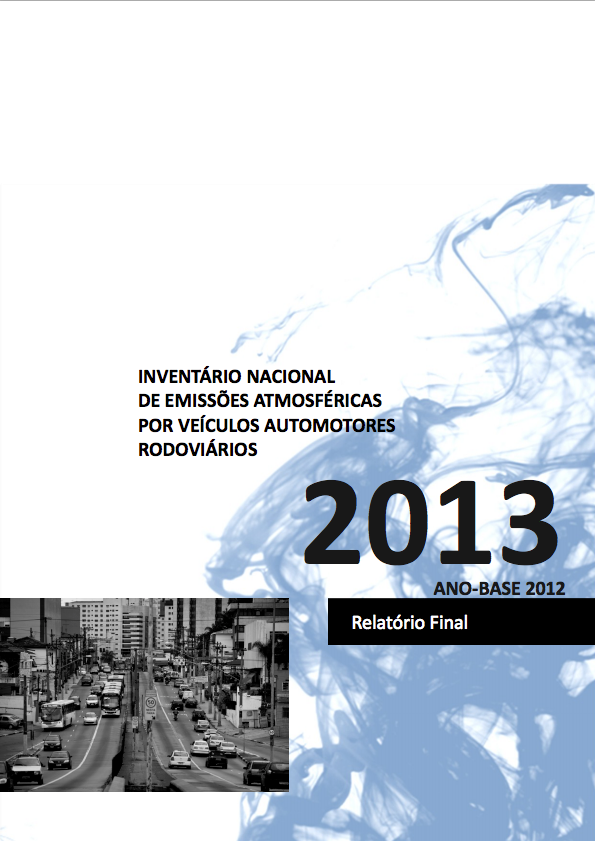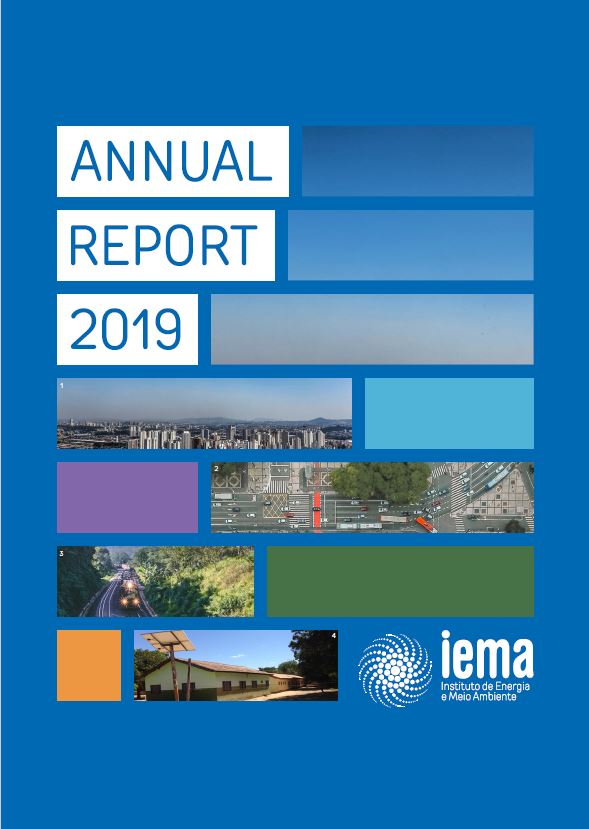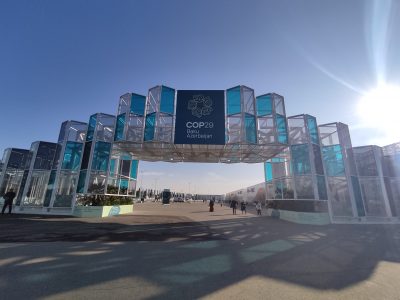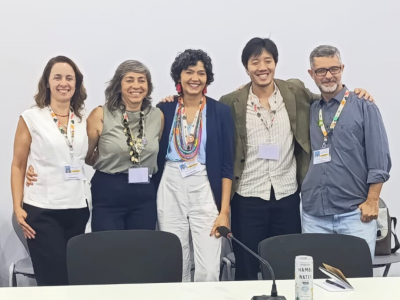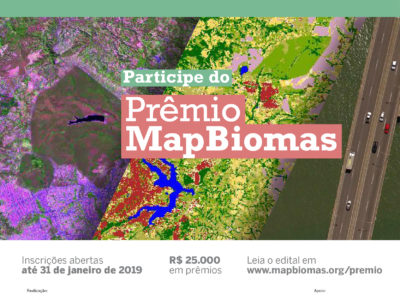In Brazil, due unfortunately to the already implemented public policy process, the most common actions of the affected communities and civil society organizations are still restricted to resistance and questioning of the social and environmental impacts of infrastructure projects when they are already in the final stages of the decision-making process. That is, it occurs during the environmental licensing of the project. At this stage of the decision-making process, there is practically no room for searching for alternatives to the project. Thus, the process boils down to the elaboration of risk analysis and discussion of mitigating and compensatory measures of previously adopted decisions. Understand the importance of assessing infrastructure alternatives in the video prepared by Instituto de Energia e Meio Ambiente (IEMA).
Risk Analysis estimates the safety of a given activity without considering the benefits and damages of several options. Alternative Analysis discusses the pros and cons of different options, including assessing the possible damages and risks of each one. The ideal action is to intervene early enough in the decision-making process to avoid irreversible effects and costly errors due to poor planning. Thus contributing to the promotion of social and economic development and the sustainable use of natural resources.
Little effort is devoted to previous processes of public policy formulation, sectoral planning, and project choices and elaboration to seek other alternatives and avoid unwanted impacts. In the stages prior to the decision-making process, specific questions must be asked, such as: What purpose does this infrastructure project serve? Which groups benefit, and which groups may be harmed? Are there alternatives to it that cause less negative socio-environmental impacts?
Taking an international benchmark as an example, the United Nations Economic Commission for Europe (UNECE), which aims to promote pan-European economic integration, created the Protocol for Strategic Environmental Assessment (SEA Protocol). In force since 2010, it aims to include environmental assessment not only in projects but also in policies, plans, and programs, in search of sustainable development. In addition, the protocol emphasizes that there must be broad public participation in the government’s decision-making process.
Of course, there is the challenge of producing assessments of alternatives and their due impacts precisely. For that, it is necessary to rely on a set of different society actors, such as the affected local community, experts, decision-makers, companies, third sector, and government; and seek to carry out the analysis considering a comprehensive view of the problem to be solved. For example, in the case of the implementation of a highway, one must consider the impacts and possibilities generated by other modes of transport. Thus, making it possible to categorize the alternatives according to their positive and negative impacts and with the populations, interest groups, and regions impacted — including the non-implementation alternatives.
The importance of analyzing alternatives and society’s participation in transport infrastructure planning in Brazil
IEMA developed a methodology to monitor public electricity coverage in the Legal Amazon
Publicado em junho de 2022
- Categorias:
- Transporte de cargas

